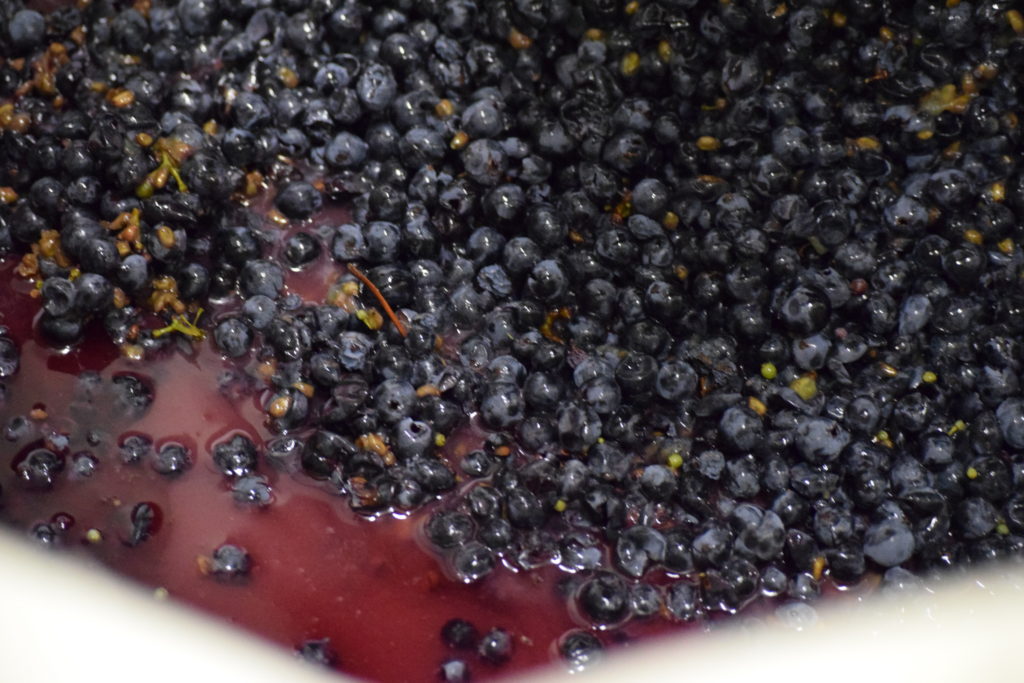Here are some facts about Cabernet Sauvignon that you may not know.
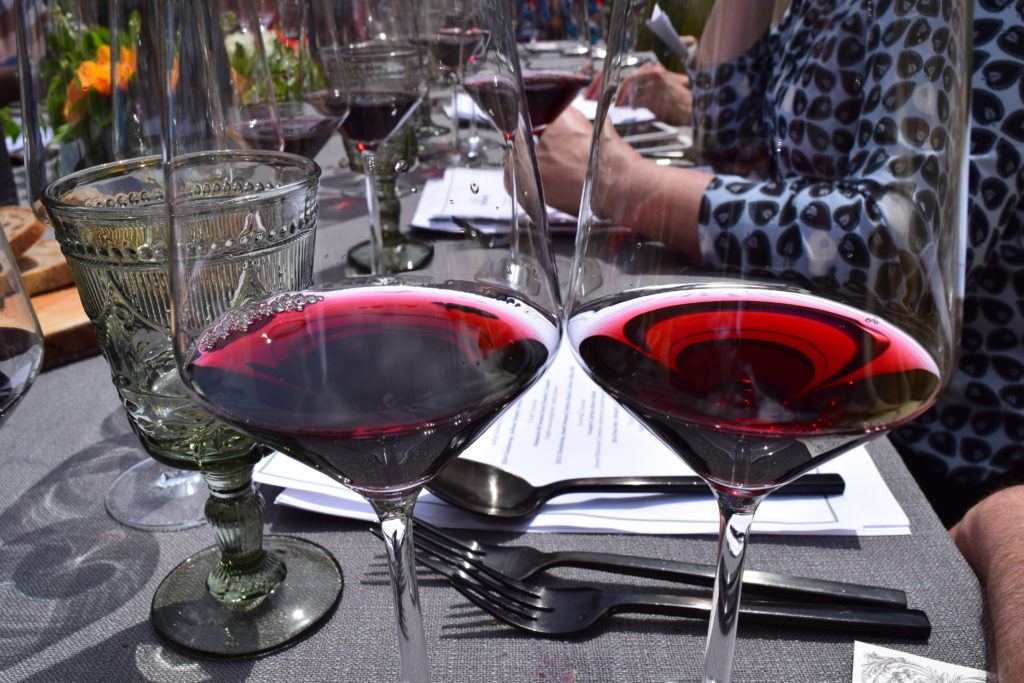
An amazing vine with so much potential in the glass.
Understand Cabernet basics with these fun, amusing & interesting facts about the grapevine…
-
The Cabernet Sauvignon grape varietal is a cross between Cabernet Franc and Sauvignon Blanc sometime during the 1600s
-
During the 17th century in southwestern France, it is thought that it was created, most likely in the Bordeaux region.
-
The origins were a mystery until some recent DNA testing told more of the story
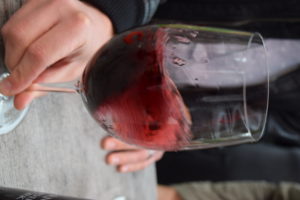
-
Science in 1996 by wine researchers at UC Davis discovered more of the origins of the Cabernet grapes
-
In 2016 UC Davis scientists announced they had sequenced a draft whole genome of Cabernet Sauvignon grape
-
Funding for the 2016 genome sequencing was provided by J. Lohr Vineyards and Wines
-
Cabernet Sauvignon is often referred to as the ‘King’ of the wine grapes
-
One of the widely noted aroma and flavor characteristics in Cabernet Sauvignon is green bell pepper
-
Pyrazine is an aromatic organic compound that is present in ALL Cabernet Sauvignon grapes
-
The often noted green bell pepper notes are most likely from the Pyrazine
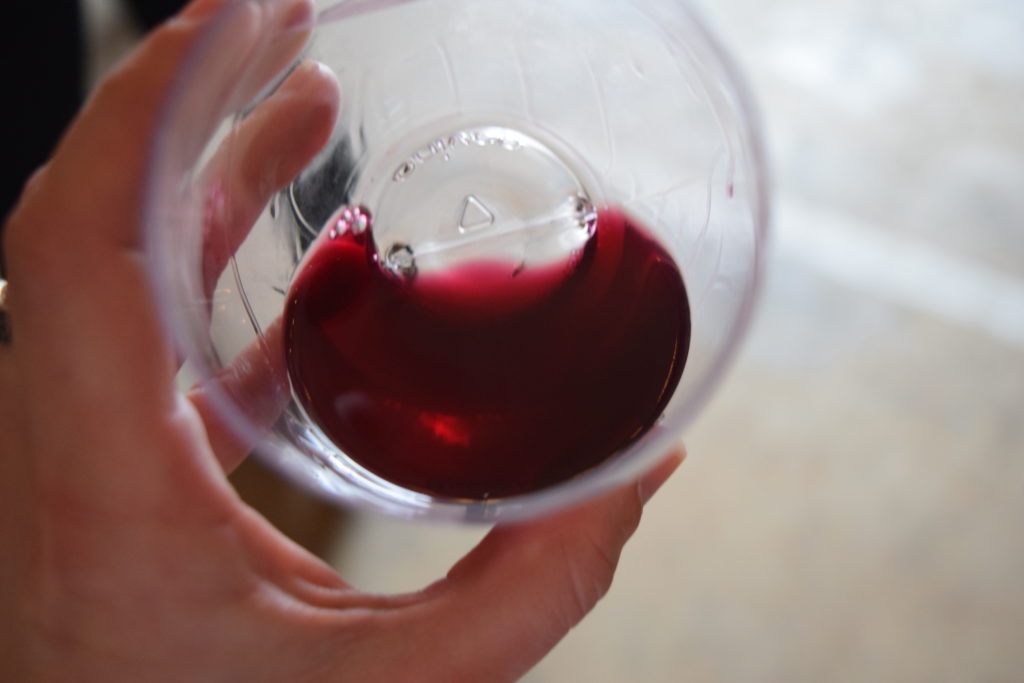
-
Cabernet Sauvignon is a varietal widely used as the base for many red blends
-
In a 2008 study done by Heriot-Watt University in Edinburgh, they found that different music types could boost a tasters’ wine score by 60%… Researchers noted that a blast of a Jimi Hendrix song would enhance cabernet sauvignon while a Kylie Minogue tune went well with a glass of chardonnay. Seriously though. Awesome.
-
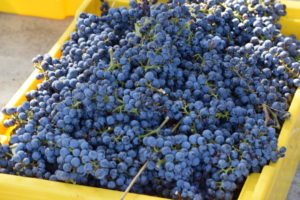 Cabernet Sauvignon is oftentimes… the most planted wine grape in the world
Cabernet Sauvignon is oftentimes… the most planted wine grape in the world -
For most of the 20th century Cab Sauv was most planted until it was surpassed by Merlot in the 1990s for a time
-
Every August, on the Thursday before Labor Day … it is Cabernet Sauvignon DAY… Is your glass ready?
-
Some Marine Biologists REALLY like their wine… sooo much that… a group of these scientists named some common blood mutations for a zebrafish after wine varietals… merlot, frascati, retsina, riesling… & of course… CABERNET!
-
One of the most significant qualities of Cabernet Sauvignon is its ability to age well
-
Cabernet Sauvignon is one of the youngest grape varieties around
-
The 1st vineyard in California to maintain consistent levels of productivity was under the control of Franciscan priests in the south near San Diego
-
One of the pioneers of California Cabernets, Agoston Haraszthy, helped to create new breeds by bringing vine cuttings from Europe. You can still visit his winery and historic museum in Sonoma, California to learn more about the Count
-
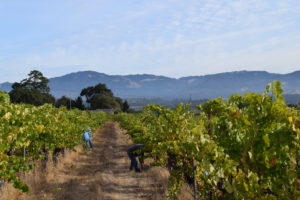 In 1919, when prohibition was announced… surprisingly, the price of Cabernet grapes/wine shot up as supply bottomed out while the demand remained high
In 1919, when prohibition was announced… surprisingly, the price of Cabernet grapes/wine shot up as supply bottomed out while the demand remained high -
In 1919, a ton of grapes that cost ten dollars – Cost eighty dollars in 1921 – By 1924… Prices had SOARED to near four hundred dollars per ton
-
In the 1860s European wine producers had no choice but to import foreign Cabernet vines and grapes that proved more resistant to the aphids
-
It is possible to cellar Cabernet Sauvignon wines for decades and in fact they can improve significantly in taste after extended aging
-
Today, you can find cabernet sauvignon growing on every continent except Antarctica
-
The word “Sauvignon” is believed to derive from the French sauvage which means “wild”
-
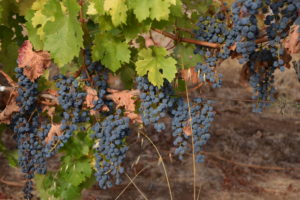 Cabernet Sauvignon can reflect the desires and personality of the winemaker while still presenting familiar flavors that express the typical character of the variety
Cabernet Sauvignon can reflect the desires and personality of the winemaker while still presenting familiar flavors that express the typical character of the variety -
The tannic nature of Cabernet Sauvignon is an important winemaking consideration.
-
Many bottles that are referred to as Cabernet Sauvignon include small amounts of Merlot and, in many cases, several other varieties
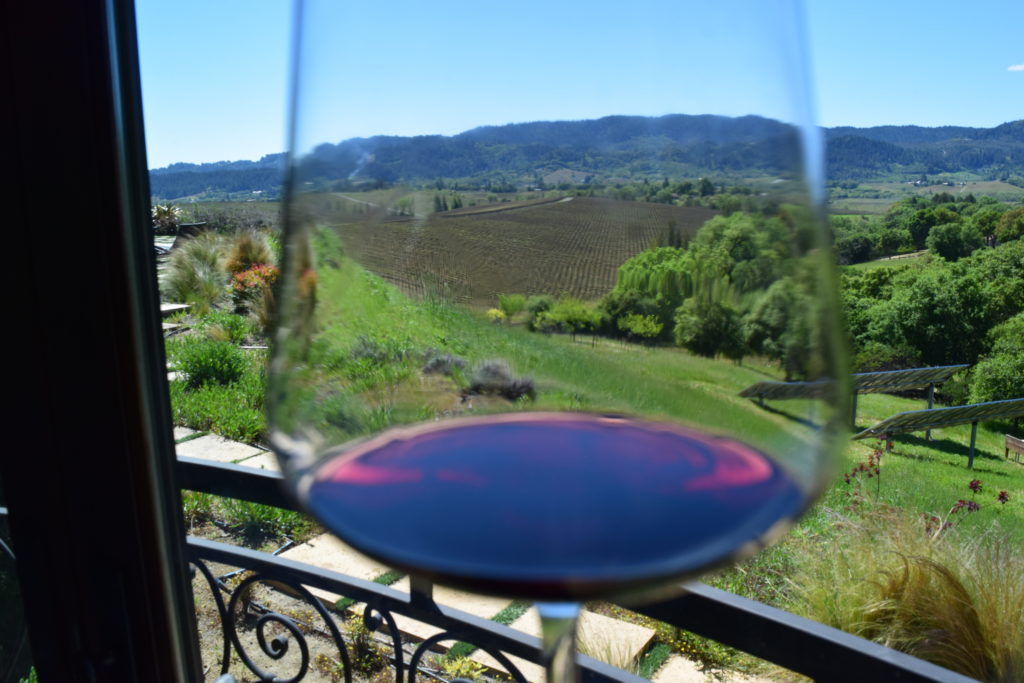
-
Many Chefs may agree that lamb is an almost perfect pairing for a bottle of Cab as well as many rich, meaty dishes in general
-
Cabernet Sauvignon holds the title of the most expensive wine bottle that was ever sold in the world (not too shabby)
-
Most somms agree that a Cab needs at least 10-13 years to be at it’s peak drinking age, this is a minimum, more time is recommended
-
Other well known Cabernet Sauvignon flavors include black currant, mint and eucalyptus
-
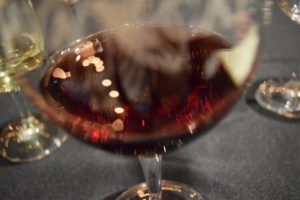 In 1976, a Cabernet Sauvignon from Stags’ Leap in the Napa Valley beat out the top Bordeaux Chateaus in the 1976 Judgement of Paris in a blind taste test
In 1976, a Cabernet Sauvignon from Stags’ Leap in the Napa Valley beat out the top Bordeaux Chateaus in the 1976 Judgement of Paris in a blind taste test -
Cabernet is known to be full bodied, dark in color, a notable acidity, with a healthy level of tannin
-
Winemakers will often make a barrel of Cabernet Sauvignon, Malbec, Merlot or other reds solely for the purpose of blending
-
A good grape to dry farm, some Cabernet Sauvignon vineyards thrive even in desert conditions
-
There is Cabernet Sauvignon planted in the Gobi (talk about desert conditions)
